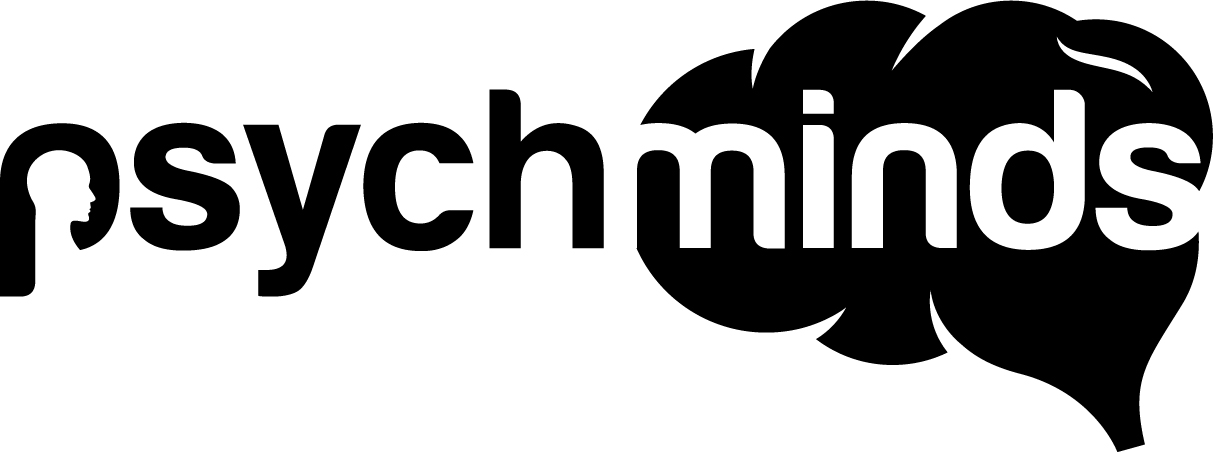What is burnout? Is it the same as stress? Is it a mental or physical condition? And finally can it be cured easily? This article identifies some of the causes, symptoms and preventative strategies for people experiencing burnout.
According to Help Guide, “burnout is a state of emotional, mental, and physical exhaustion caused by excessive and prolonged stress.” It is a gradual process which could be symptomatic of depression or due to ineffective coping mechanisms. Contrary to popular belief, burnout is not the same as stress or the result of simply working long hours. Stress typically involves emotional hyperactivity while burnout produces feelings of lethargy and fatigue. Furthermore, if someone works long hours in a job they love, they tend not to experience burnout since they feel their job is worthwhile and valued. Also burnout may not be work related at all. Overachieving students, frazzled stay-at-home moms, and generally anyone feeling underappreciated and overworked can experience burnout.
Some of the causes of burnout include having an over-demanding job with non-stop requests, working in a job one doesn’t enjoy or find worthwhile and working in a high pressure environment. Furthermore, not having social support and an unhealthy lifestyle can result in burnout. Finally, individuals with personality traits high in perfectionism and pessimism as well as being overly controlling and high achieving could be more susceptible to experiencing burnout. People suffering from burnout tend to feel depressed, cynical, worthless, anxious, lethargic, forgetful, isolated and hopeless. They may also experience physical symptoms as a result of a weakened immune system. Some physical ailments include heart palpitations, chest pain, dizziness, headaches and fainting.
Nevertheless, as hopeless as it may seem, there are ways to prevent and treat burnout. Finding time to relax during the day is crucial to one’s physical and mental well-being. It is vital to incorporate activities that revitalize the mind and rejuvenate the body, such as following a simple yoga routine in the morning, jotting down notes in a diary in the afternoons or snatching a few minutes in the evening to meditate (check Psychmind’s article on the benefits of regular meditation practice). Furthermore, leading a healthy lifestyle is necessary. Eating at the right times in the day, exercising regularly and getting enough hours of sleep helps make one feel rejuvenated and ready for the day ahead.
In terms of work, it is important to be able to set boundaries and detach from work once you leave the office. This could be accomplished by saying no to tasks that are either not your responsibility or can be postponed until the next day. Also switching off from technology is essential! With smart phones and email, work can follow us around everywhere, at all hours! However, it is your job to make sure work life does not encroach upon your social or family life. Another way for preventing burnout is picking up a hobby, socializing or doing something creative with your time outside work. Finally, if work is just becoming too much, taking a vacation away from it all or even finding a new, more rewarding job could be the ultimate solution.
Overall, the key to curing burnout is to understand the reasons behind it. Everyone is different and may experience burnout differently and for different reasons. Therefore, it is important to carefully re-evaluate your life, future aspirations and dreams. It is important to reflect on whether the choices you are making are conducive to your physical and mental health as well as overall well-being.
For more information on burnout, check out the article as well as the engaging podcast over on JRNI’s platform: https://www.jrni.co/blog/coaching-podcast-the-real-impact-of-burnout-and-stress
References
Bourg Carter, S. (November 26, 2013). The Tell Tale Signs of Burnout … Do You Have Them? Psychology Today. Retrieved May 24, 2015, from https://www.psychologytoday.com/blog/high-octane-women/201311/the-tell-tale-signs-burnout-do-you-have-them
Sleek, S., Michel, A., & Mikulak, A. (February 27, 2014). Burnout Comes in Three Varieties. Association for Psychological Science. Retrieved May 24, 2015, from http://www.psychologicalscience.org/index.php/news/minds-business/burnout-comes-in-three-varieties.html
Smith, M., Segal, J., & Segal, R. (April 2015). Preventing Burnout. HelpGuide.Org. Retrieved May 24, 2015, from http://www.helpguide.org/articles/stress/preventing-burnout.htm
Image Credit: DeMatteo, L. (May 23, 2014). End Burnout Today- Tips for Taking Care of Self. Institute for Integrative Healthcare. Retrieved May 24, 2015 from http://www.integrativehealthcare.org/mt/archives/2014/05/end-burnout-today-tips-for-taking-care-of-self.html
TEDxTalks. (March 19, 2014). Burnout and post-traumatic stress disorder: Dr. Geri Puleo at TEDxSetonHillUniversity. Retrieved May 24, 2015, from https://www.youtube.com/watch?v=hFkI69zJzLI
















